Cuba year 2006 stamps Europa CEPT Architecture set
Cuba has a rich history and diverse architectural heritage, which is reflected in its postage stamps. Cuban stamps featuring architecture showcase the country’s unique blend of colonial, neoclassical, Art Deco, and modernist styles. These stamps often highlight iconic buildings, historic landmarks, and cultural symbols that are significant to Cuban architecture and heritage. Here’s an overview of Cuban stamps focusing on architecture:
Key Features of Cuba Stamps – Architecture:
- Colonial Architecture:
- Spanish Colonial Buildings: Stamps may feature examples of Spanish colonial architecture, characterized by colorful facades, wrought-iron balconies, and courtyards. Examples include buildings in Old Havana (La Habana Vieja) which is a UNESCO World Heritage site.
- Neoclassical and Art Deco Styles:
- Neoclassical Buildings: Represented by grand structures with symmetrical designs, columns, and pediments, often used for governmental or public buildings.
- Art Deco Buildings: Known for their geometric shapes, vibrant colors, and decorative elements. Havana has several notable Art Deco buildings from the early 20th century.
- Revolutionary Architecture:
- Modernist and Soviet Influences: Following the Cuban Revolution of 1959, stamps may depict modernist and Soviet-style architecture, showcasing public housing projects, schools, and administrative buildings.
- Cultural Landmarks:
- Historic Sites: Images of fortresses, churches, and other historic landmarks that reflect Cuba’s architectural evolution and cultural heritage.
- Monuments: Stamps may feature monuments commemorating significant events or figures in Cuban history, often incorporated into urban landscapes.
Examples of Cuban Architecture Stamps:
- Havana Cathedral:
- An iconic landmark in Old Havana, known for its Baroque and neoclassical elements.
- Capitolio Nacional:
- A neoclassical building in Havana, reminiscent of the United States Capitol, which served as the seat of government until the Cuban Revolution.
- National Art Schools (Escuelas Nacionales de Arte):
- Modernist buildings designed in the 1960s by Ricardo Porro, Vittorio Garatti, and Roberto Gottardi, exemplifying innovative architectural designs during the early years of the Cuban Revolution.
- Jose Marti Memorial:
- A prominent monument in Havana dedicated to the Cuban national hero José Martí, featuring a 109-meter tall tower surrounded by gardens and educational facilities.
Collecting and Acquiring Cuban Architecture Stamps:
- Philatelic Shops: Visit specialized philatelic shops that offer Cuban stamps, both online and in physical stores.
- Online Marketplaces: Websites like eBay, Delcampe, and Cuban philatelic websites often list Cuban stamps featuring architecture.
- Stamp Shows and Exhibitions: Attend philatelic exhibitions and fairs where you can find and trade stamps from Cuba.
- Cuban Postal Service: The Cuban postal service may offer stamps for sale through their official website or philatelic offices.
Cultural and Historical Significance:
- UNESCO World Heritage Sites: Stamps featuring architectural landmarks in Old Havana, such as the Castillo del Morro and the Plaza de la Catedral, highlight their recognition as UNESCO World Heritage Sites.
- Revolutionary Era Architecture: Stamps depicting modernist and Soviet-influenced architecture reflect Cuba’s post-revolutionary period and its unique architectural experimentation.
Cuban stamps featuring architecture offer a fascinating glimpse into the country’s cultural and historical identity, showcasing a blend of colonial heritage, revolutionary ideals, and modernist innovations.



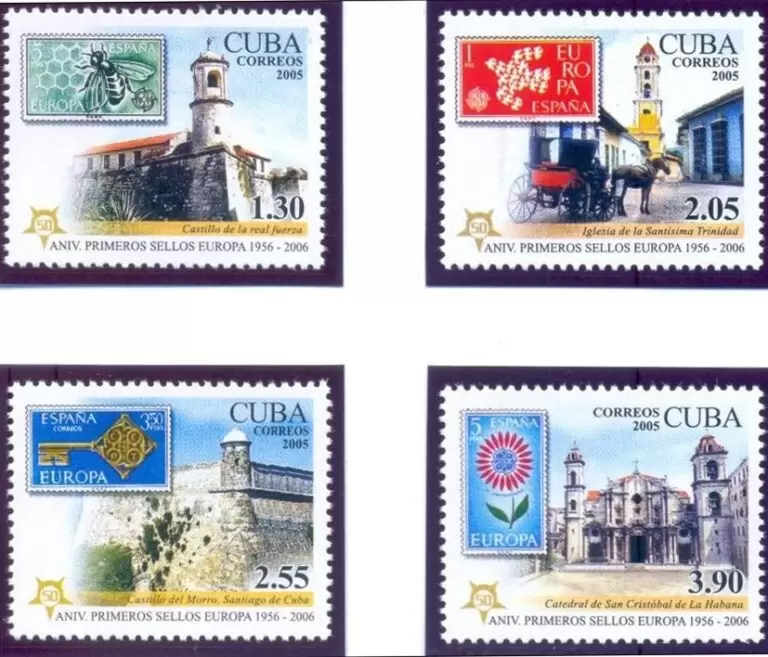

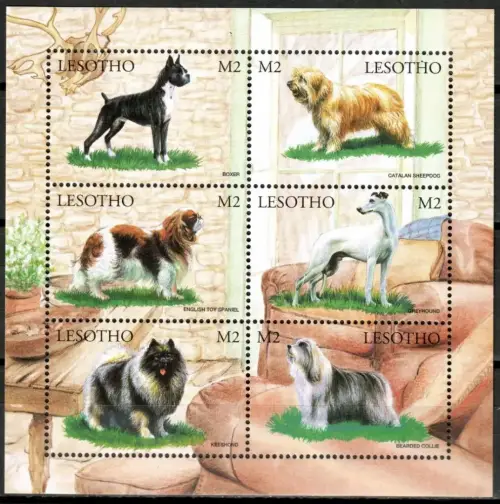



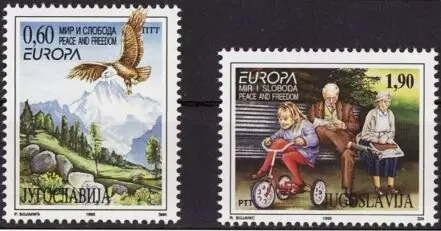
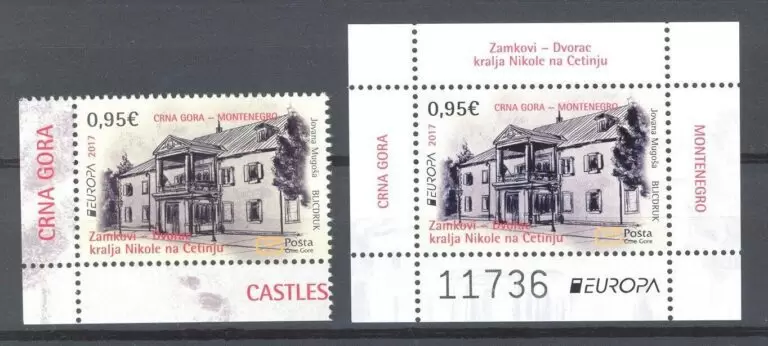
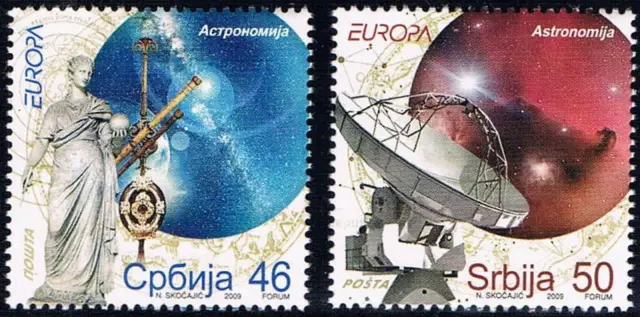
Reviews
There are no reviews yet.